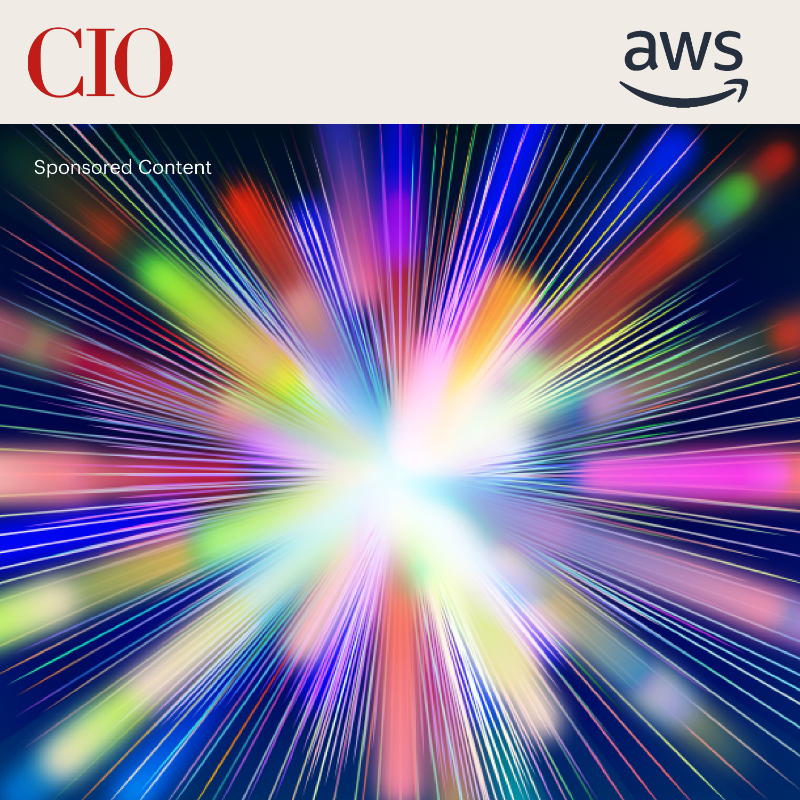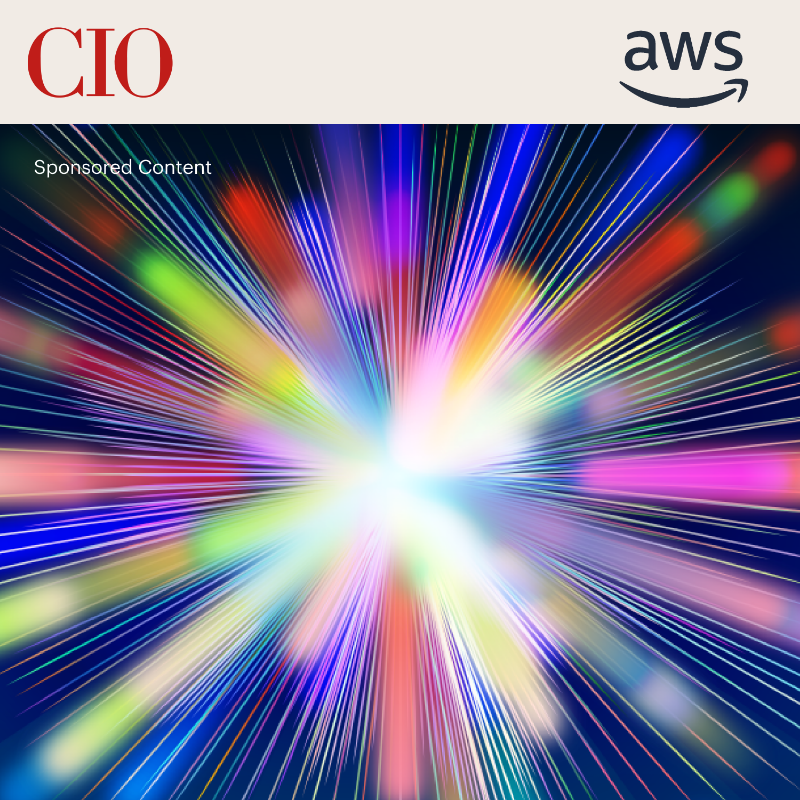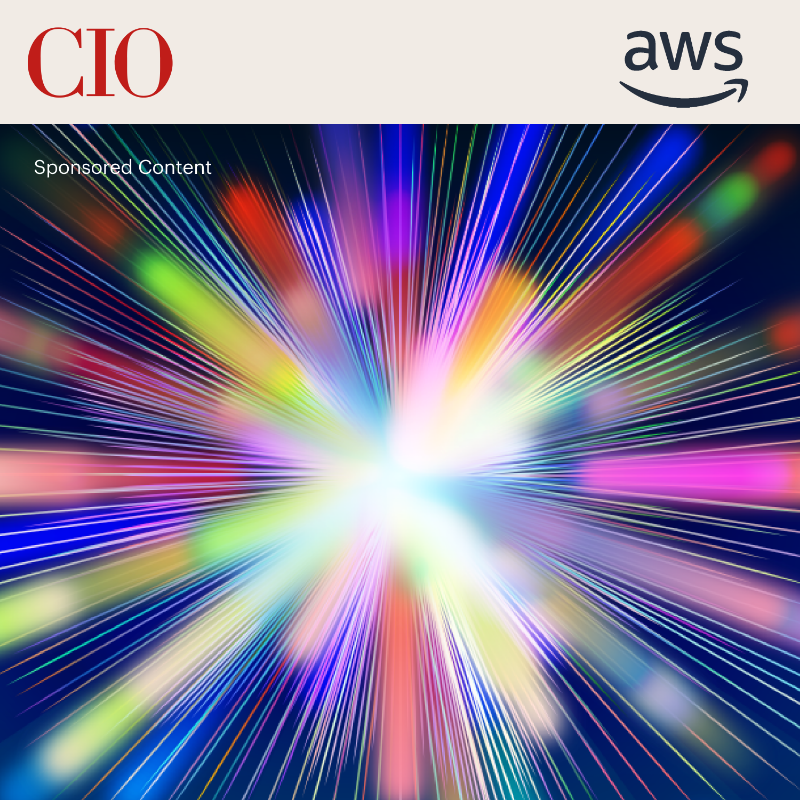The keys to selecting a platform for end-to-end observability
DevOps and security teams managing today’s multicloud architectures and cloud-native applications are facing an avalanche of data. On average, organizations use 10 different tools to monitor applications, infrastructure, and user experiences across these environments. Such fragmented approaches fall short of giving teams the insights they need to run IT and site reliability engineering operations effectively. Indeed, around 85% of technology leaders believe their problems are compounded by the number of tools, platforms, dashboards, and applications they rely on to manage multicloud environments. Part of the problem is that technologies like cloud computing, microservices, and containerization have added layers of complexity into the mix, making it significantly more challenging to monitor and secure applications efficiently. At the same time, the number of individual observability and security tools has grown. This has resulted in visibility gaps, siloed data, and negative effects on cross-team collaboration. Moreover, teams are constantly dealing with continuously evolving cyberthreats to data both on premises and in the cloud. Clearly, continuing to depend on siloed systems, disjointed monitoring tools, and manual analytics is no longer sustainable. To address this, 79% of organizations are currently using or planning to adopt a unified platform for observability and security data within the next 12 months. But before an organization makes the leap to a unified observability platform, it’s important to examine three essential qualities. Find and prevent application performance risks A major challenge for DevOps and security teams is responding to outages or poor application performance fast enough to maintain normal service. Additionally, these teams struggle to tell the difference between important information and false alarms — especially when many hundreds or thousands of notifications pour in at once. Identifying the ones that truly matter and communicating that to the relevant teams is exactly what a modern observability platform with automation and artificial intelligence should do. Ideally, an observability solution should be able to streamline and simplify technology stacks, enabling organizations to replace multiple tools with a single platform. With AIOps, it is possible to detect anomalies automatically with root-cause analysis and remediation support. It should also be possible to analyze data in context to proactively address events, optimize performance, and remediate issues in real time. To predict events before they happen, causality graphs are used in conjunction with sequence analysis to determine how chains of dependent application or infrastructure incidents might lead to slowdowns, failures, or outages. This enables proactive changes such as resource autoscaling, traffic shifting, or preventative rollbacks of bad code deployment ahead of time. Therefore, it’s important to look for an AI-based observability solution that not only predicts and prevents issues but also enhances observability to allow teams to take preemptive action before problems escalate into outages and provide ongoing visibility into service-level fulfillment. See into cloud blind spots Versatile, feature-rich cloud computing environments such as Amazon Web Services, Microsoft Azure, and Google Cloud Platform have been a game-changer, enabling DevOps teams to deliver greater capabilities on a wider scale. However, the drive to innovate faster and transition to cloud-native application architectures generates more than just complexity — it’s creating significant new risk. Expansive multicloud environments are generating disparate data sets and views, making it difficult to see the big picture. Data often lacks context, hampering attempts to analyze full-stack, dependent services across domains, throughout software lifecycles, and so on. Furthermore, 89% of CISOs say microservices, containers, and Kubernetes have also caused application security blind spots. One reason for this is that it is common for application teams to deploy and utilize services on different clouds to take advantage of those features that best match their use case or familiarity. One study found that 93% of companies have a multicloud strategy to enable them to use the best qualities of each cloud provider for different situations. In addition to the challenges of managing multicloud environments, DevOps and security teams find it difficult to maintain visibility into cloud-native architectures as Kubernetes becomes the dominant platform for modern applications. Kubernetes architectures enable organizations to quickly and easily scale services to new users and drive efficiency gains through dynamic resource provisioning. Yet, this same dynamic quality is why 76% of technology leaders find it more difficult to maintain visibility into this architecture compared with traditional technology stacks. To fulfill DevOps and security teams’ need for multicloud insights, observability platforms should enable native data streaming from the major cloud providers for a real-time cloud monitoring experience. It also helps to have access to OpenTelemetry, a collection of tools for examining applications that export metrics, logs, and traces for analysis. Some observability vendors also provide an agent or client to automate the collection and provide contextualization of telemetry and entity data. With these features working in tandem, teams can perform automated and intelligent root-cause analysis in multicloud and hybrid environments. Further, this approach allows organizations to drive cloud architectural improvements through insights into IT underutilization and dependencies. That’s why it’s critical to find an observability platform that can handle the scale and complexity of modern cloud-native workloads while providing continuous insights into the performance and reliability of containerized applications and serverless functions, regardless of where they are deployed. Get to the root cause of issues Most AI today uses machine learning models like neural networks that find correlations and make predictions based on them. Correlations informed solely by generative AI are essentially informed guesses or likelihoods of outcomes. This limits their capacity to explain why certain outputs occurred or to make reliable decisions in new situations. AI that relies on large language models (LLMs) is also known to generate answers that may include outdated, vulnerable, or inefficient patterns. According to one survey, 98% of technology leaders said they are concerned that generative AI could be susceptible to unintentional bias, error, and misinformation. This growing awareness of the limitations of correlation-based AI is driving increased interest and research into causal AI, which aims to determine the precise underlying mechanisms behind events and outcomes. Increasingly, causal AI use cases are enabling organizations to identify the root cause of problems, facilitate remediation, and drive intelligent automation. AI systems that can explain the reasons
The keys to selecting a platform for end-to-end observability Read More »













